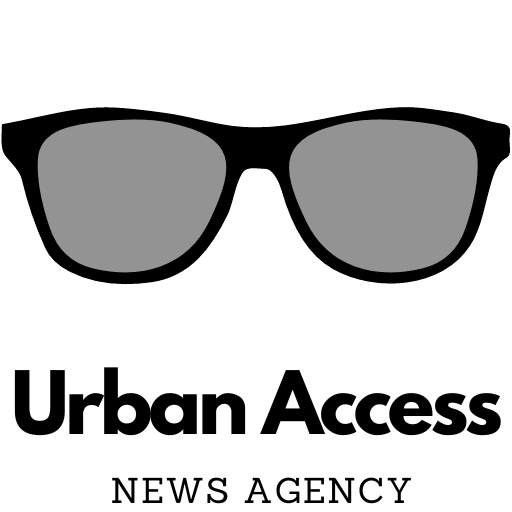Premium Revenue for Established Sites With AdThrive
AdThrive is a popular Ezoic alternative. AdThrive, known for its high-quality ad management services, works with websites with at least 100,000 visitors each month. While optimizing ad income, the platform prioritizes user experience. A professional account manager delivers targeted ad placement, performance tracking, and content optimization recommendations to publishers. Lifestyle, parenting, and culinary bloggers like AdThrive’s high RPMs and premium ad relationships. The traffic requirement may limit admission for smaller websites, but AdThrive’s earning potential and attentive assistance make it a top alternative for established businesses.
Mediavine: Monetization and UX
Mediavine, like AdThrive but with fewer admission requirements, accepts websites with at least 50,000 monthly sessions. Mediavine uses innovative ad optimization algorithms to eliminate bothersome advertising and maximize revenue while balancing monetization and user experience. The platform also offers solutions to speed up site loading and boost Core Web Vitals scores, which are increasingly critical for search engine results. Publishers may analyze performance indicators and make educated decisions using Mediavine’s dashboard. Mediavine offers a sustainable website monetization option for lifestyle, travel, and wellness content publishers.
Maximum Control for Experienced Publishers with Google Ad Manager
For those seeking a more flexible and self-managed approach, Google Ad Manager (formerly DoubleClick for Publishers) offers a comprehensive ad management system. Unlike AdThrive or Mediavine, which handle most optimization automatically, Google Ad Manager allows publishers to control ad inventory, manage multiple ad networks, and implement custom strategies. While this level of control requires more technical knowledge, it also offers unmatched flexibility. Google Ad Manager is ideal for large publishers, media companies, or those with unique monetization strategies that may not fit conventional ad network models. Its integration with Google AdSense and other networks allows for diversified revenue streams, ensuring that publishers are not dependent on a single source of income.
Sovrn: Accessible Monetization for Small to Medium Websites
Sovrn is another alternative gaining traction among digital publishers. Sovrn focuses on connecting content creators with demand partners, enabling better fill rates and competitive ad pricing. The platform is well-suited for small to medium-sized websites, offering user-friendly tools and straightforward setup processes. Sovrn also provides detailed analytics, helping publishers understand audience behavior and optimize ad placements. While Sovrn may not always match the high RPMs of AdThrive or Mediavine, it is a practical option for newer sites or those exploring monetization without stringent traffic requirements.
Monumetric: Supportive Platform for Mid-Sized Publishers
Monumetric, formerly known as The Blogger Network, is a performance-driven platform tailored to mid-sized publishers. Monumetric offers personalized support, ad optimization, and detailed reporting, with a focus on improving revenue while maintaining a positive user experience. One advantage is its lower entry threshold compared to AdThrive and Mediavine, making it accessible to websites with moderate traffic levels. Monumetric’s team assists with ad placement strategies and growth recommendations, helping publishers scale their revenue effectively over time.
Conclusion: Choosing the Right Platform for Your Website
While Ezoic remains a widely used platform for website monetization, several viable alternatives cater to different publisher needs. AdThrive and Mediavine offer high-revenue potential and strong support for established websites. Google Ad Manager provides flexibility for experienced publishers who want full control over their ad inventory. Sovrn and Monumetric present accessible options for smaller or mid-sized sites seeking revenue growth without complex setups. Choosing the right platform requires assessing your website’s traffic, niche, technical capabilities, and revenue goals. By exploring these Ezoic alternatives, publishers can find solutions that maximize earnings while maintaining a quality user experience, ensuring long-term success in the competitive world of digital content monetization.
